
In the constantly changing retail landscape, giants like Home Depot have ever more challenging tasks: making each stakeholder happy. It’s impossible to satisfy everyone, from customers and shareholders to employees and social activists.
But Home Depot has recently taken a substantial step that sparked gossip. What does it mean for the company, its destiny, and the world of retailing?
The Stakes: How Retailers Are Walking a Tightrope
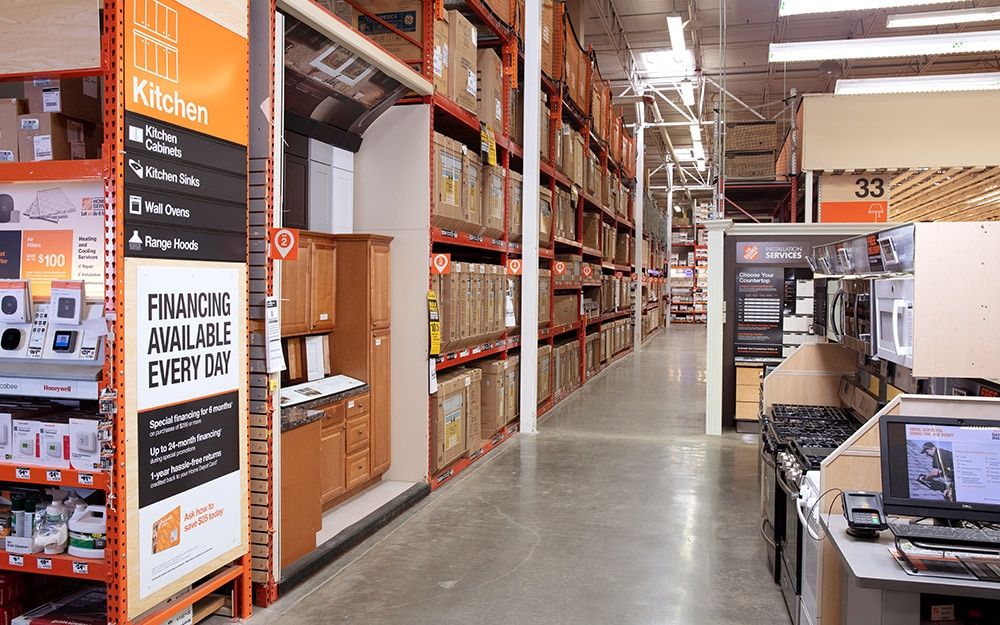
Store managers are often caught between two matters: preserving the integrity of their brand and accommodating a large number of customers.
Every decision, from policy to price to product, can have negative consequences. Like many other companies, Home Depot is under pressure from the balancing act.
In an era when social causes dominate public debate, corporations must constantly revamp their strategy to look good in the eyes of the public.
Home Depot Under Increasing Scrutiny

The past few months have made Home Depot the forefront of a controversy storm since it took down its Diversity, Equity, and Inclusion page from the website.
The webpage was at the heart of the company’s commitment to social causes. This has been met with demands for a boycott, with the company being accused of abandoning its promise of justice and inclusivity. What is the real reason behind this change?
The Backlash: Boycott Calls Intensify
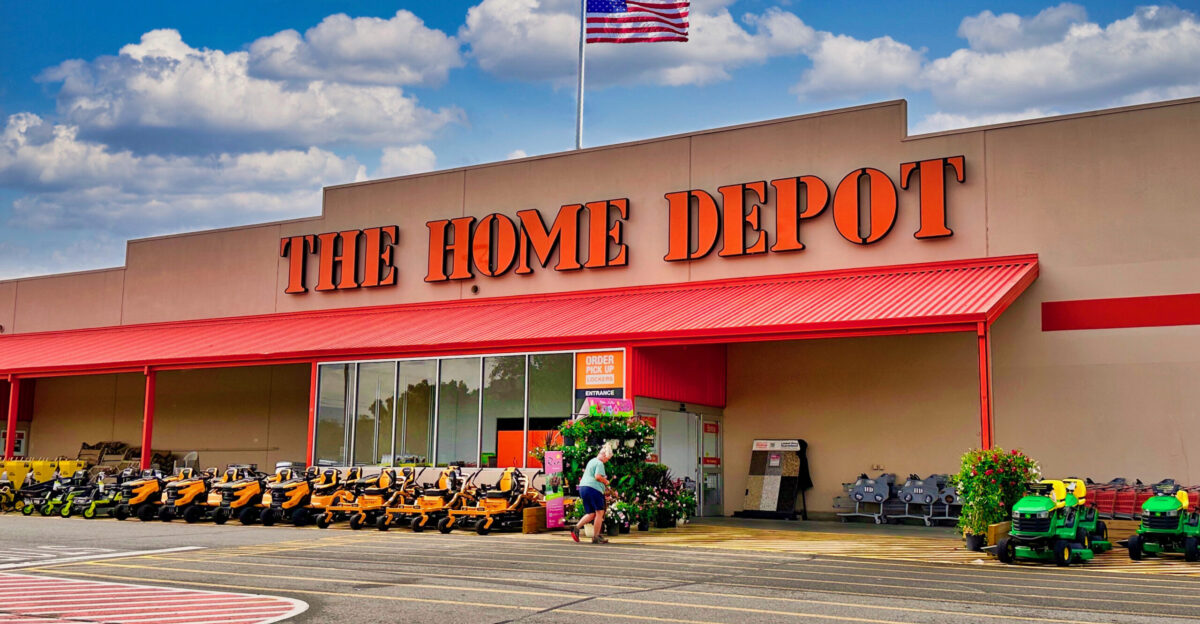
With the website redesign, John Schwarz, co-founder of The People’s Union USA, issued a call for boycott against Home Depot, labeling it a conscious step backward from progressive social principles.
According to Schwarz, by eliminating the DEI (Diversity, Equity and Inclusion) page, the company is sending a message of denigration of ideals such as equality and representation. Is this really what’s happening, or is it a savvy change of direction?
Retailer Boycotts: A Double-Edged Sword

The call for a boycott of large retailers is not anything new. As a nation walks the tightrope of public opinion, from Bud Light’s ill-fated partnership with Dylan Mulvaney to Target’s struggle with its LGBTQ+ offerings, companies are continuously toeing the line between public acceptance and outrage.
Home Depot’s situation is a cautionary tale on how a single choice can fan the flames into a national argument, with disastrous consequences.
Home Depot’s Response: A Public Stand
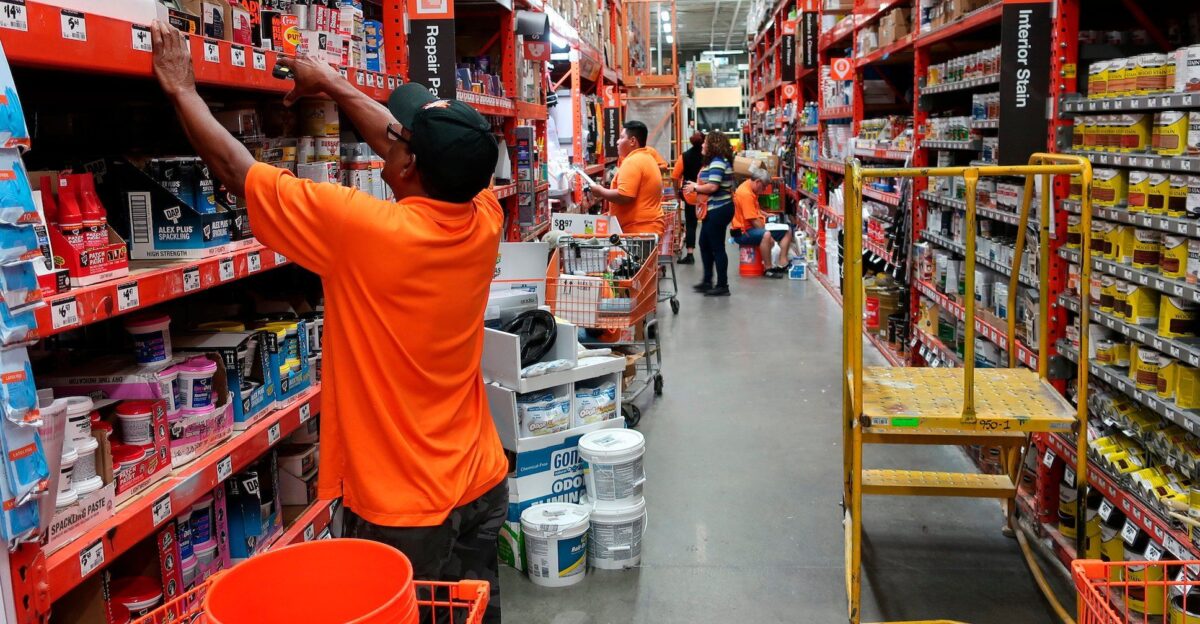
With the controversy, Home Depot issued a statement to clarify its decision. Home Depot reaffirmed its years-old core values of respect for all individuals and employees.
Home Depot’s official disclosed that the recently opened “WeAreTHD” page was designed to indicate its dedication to open culture, but without the use of the acronym DEI. But will it suffice to put an end to the controversy?
The $5.5 Billion Gamble

Home Depot is investing enormous amounts in its future. A whopping $5.5 billion has been spent on ensuring contractors are well cared for.
The move is one part of a larger master plan to establish Home Depot as the home improvement leader. But with public perception hanging in the balance, will this enormous expenditure bolster public perception enough to drown out the threats?
This contractor emphasis was further distilled in Home Depot’s recent $18.25 billion acquisition of SRS Distribution via its subsidiary GMS.
The acquisition extends Home Depot’s reach into a network of small American contractors and roofing distributors — a clear bet on “Made in America” infrastructure and domestic trades over large-scale diversity initiatives.
In a way, Home Depot seems to be making a statement that its future is with skilled American tradespersons, a plan that reflects some nationalist, “America First” language from larger political trends.
Nailing Public Opinion: The Dangers of Getting Caught in the Middle
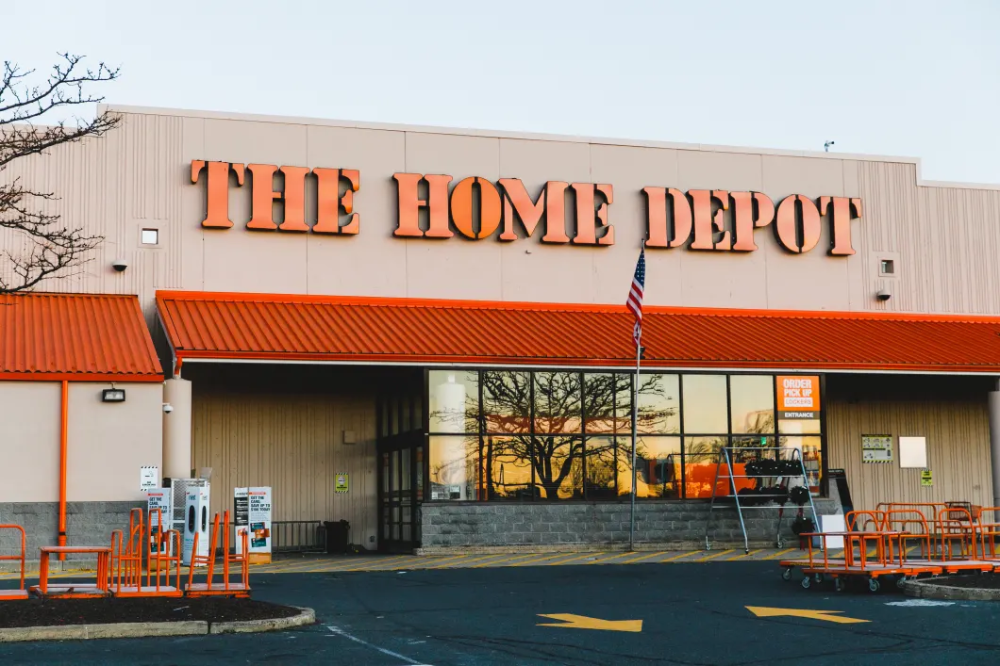
The de-emphasis on DEI programs risks offending some customers who see the company’s action as turning back the clock on social advances.
Home Depot’s recent actions, from scrubbing DEI pages to acquiring a giant contractor network, can be seen as a calculated shift away from serving progressive activists to creating old-fashioned, generally conservative, blue-collar consumers.
It can be understood as doubling down on a “pro-contractor, pro-American worker” message, essentially positioning the company with a more right-wing, “MAGA”-skewing customer base.
But also to be considered is the way Home Depot is positioning itself for future expansion, wanting to bond more intimately with contractors and staff and protect itself in the marketplace.
Home Depot’s Future: Will This Pay Off?

The company’s investment in contractors and emphasis on competitive wages indicate it’s playing the long game with its strategy. However, whether this will ultimately strengthen the customer relationship is questionable.
The SRS Distribution purchase also boasts that Home Depot will double down on its heritage: catering to contractors and construction professionals who are more inclined to value plain old economic opportunity than corporate social messaging.
By uniting this enormous contractor base, Home Depot might be wagering that loyalty within this bloc trumps the danger of pricing out liberal consumers.
As the company attempts to put the DEI scandal in its rearview mirror, what is certain is that Home Depot is trying to wean itself from only having profit-oriented goals and move towards more general goals of stability and growth.
Home Depot’s “WeAreTHD”: Rebranding or Recalibration?

Having launched the “WeAreTHD” page, Home Depot is now facing controversy regarding its motives. Is it a rebranding, a cultural refresh, or simply demystifying what inclusion at Home Depot looks like?
Whatever it is, this move signifies that Home Depot is sincerely trying to be more inclusive without falling into the pitfalls of getting too political.
Social Media’s Role: Casting the Controversy
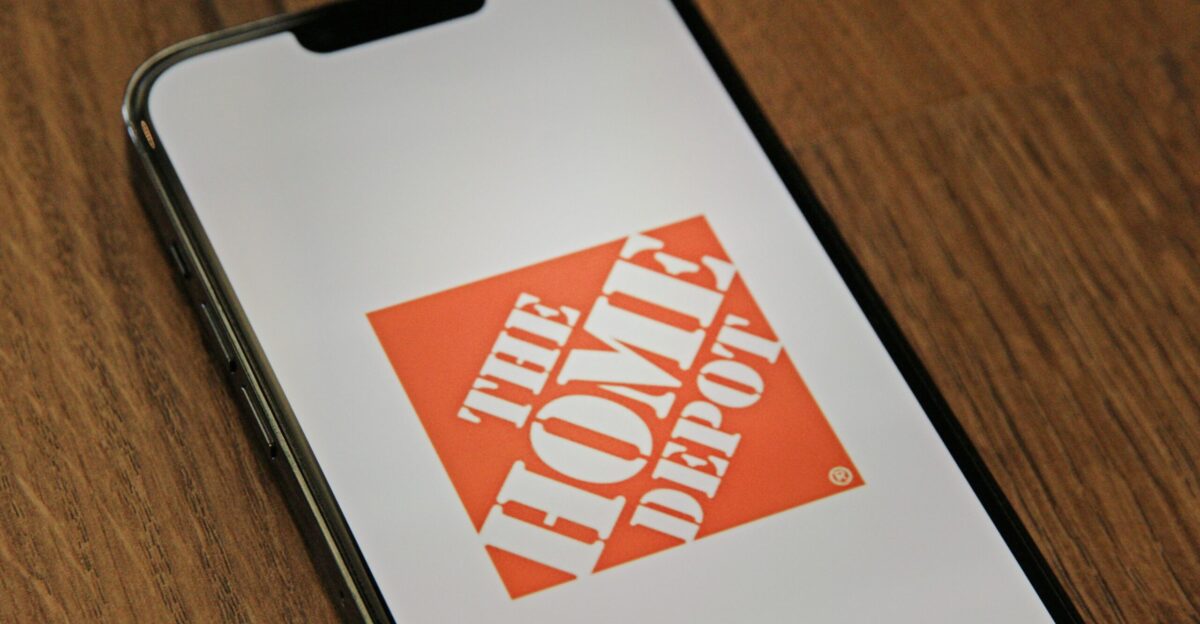
Social media sites have created controversy over Home Depot’s DEI shift. Boycotts were called quickly, and different opinions trended on the internet.
Some customers support the company’s move, while others call for action to restore the DEI programs. In today’s age of social media, a company can go from soaring high to falling depending on social media talk.
A Broader Debate: Companies and Social Responsibility

The Home Depot situation also provokes a broader debate about companies’ responsibility to address social ills.
Companies are being asked to opine on anything from green sustainability to social justice. But where should the line be drawn?
Can companies remain singularly focused on their mission—to provide good products and services—without becoming embroiled in politically charged issues?
The Bottom Line: Where Does Home Depot Go From Here?
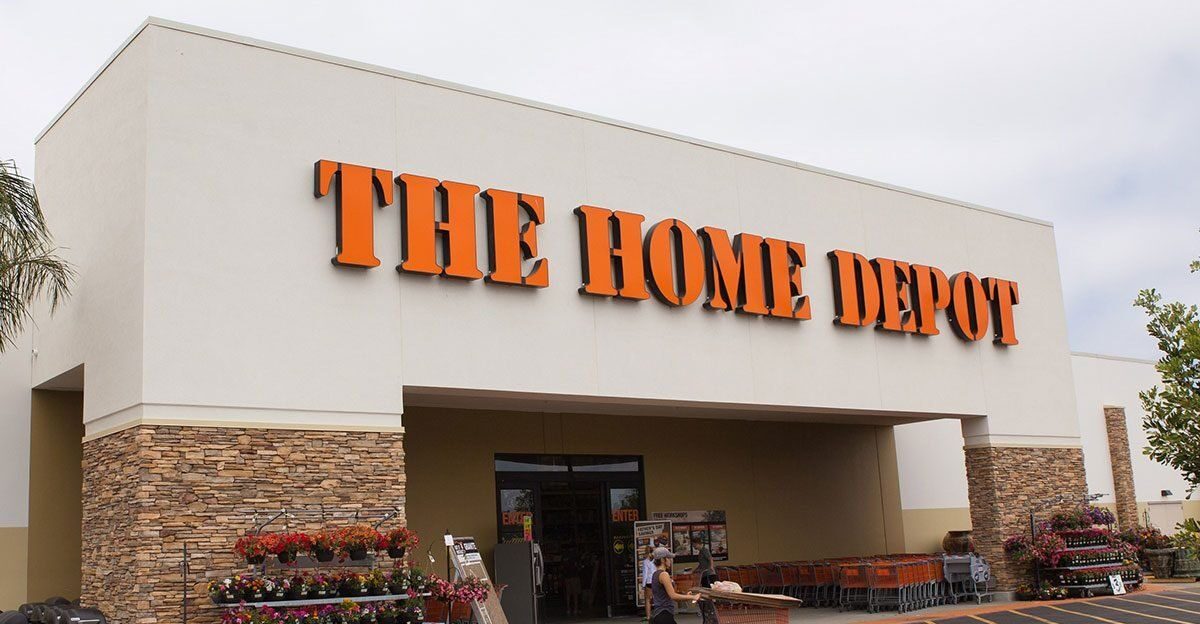
While Home Depot is trying to cope with the repercussions of its recent actions, its next moves will be closely monitored.
Will Home Depot double its wager on contractors and employees, or try to broker the controversy over its diversity initiatives? Only time will tell, but one thing is clear: Home Depot is at a critical juncture in its history.
Looking Forward: Can Home Depot’s Middle Way Be Achieved?
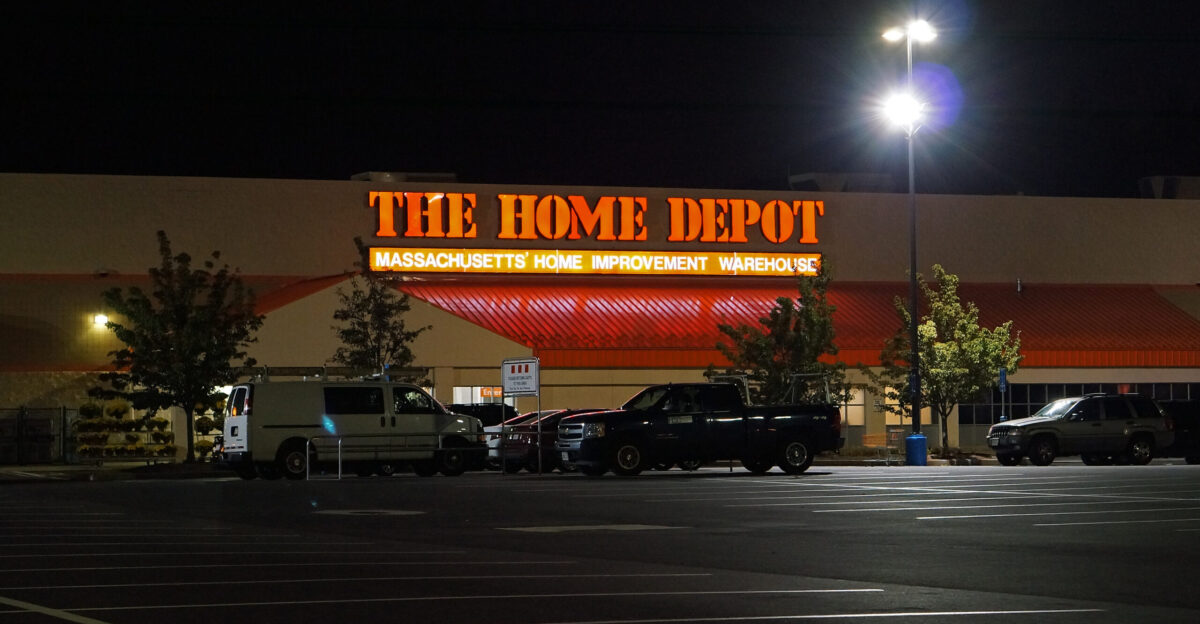
With its massive investment in contractors and demand that the work environment be “improved,” Home Depot is positioning itself out front in a competitive market. But it will have to learn to reconcile its internal agendas with what the public sees.
The challenge will be developing a strategy that keeps the focus where it needs to be—on the individuals most critical to them—employees, customers, and stakeholders—while still navigating the sensitive issues of social responsibility.
Conclusion: A New Era for Home Depot?

Home Depot is at a crossroads, with the latest actions signaling a change in direction that will redefine the company’s future.
By expending its billions on subcontractors and skirting DEI, Home Depot is unequivocally building a new brand — one that honors a more “boots-on-the-ground” American workforce rather than boardroom civic duty.
This shift might be seen as a melodramatic nationalist pivot, designed to capture a piece of the market upset at corporate America.
While for some, it represents a cultural restart, to others, it represents a strategic move against a shifting retail environment.
As Home Depot strives to satisfy all its stakeholders, one must wonder: Will this ambitious strategy pay dividends, or backfire in the coming years?